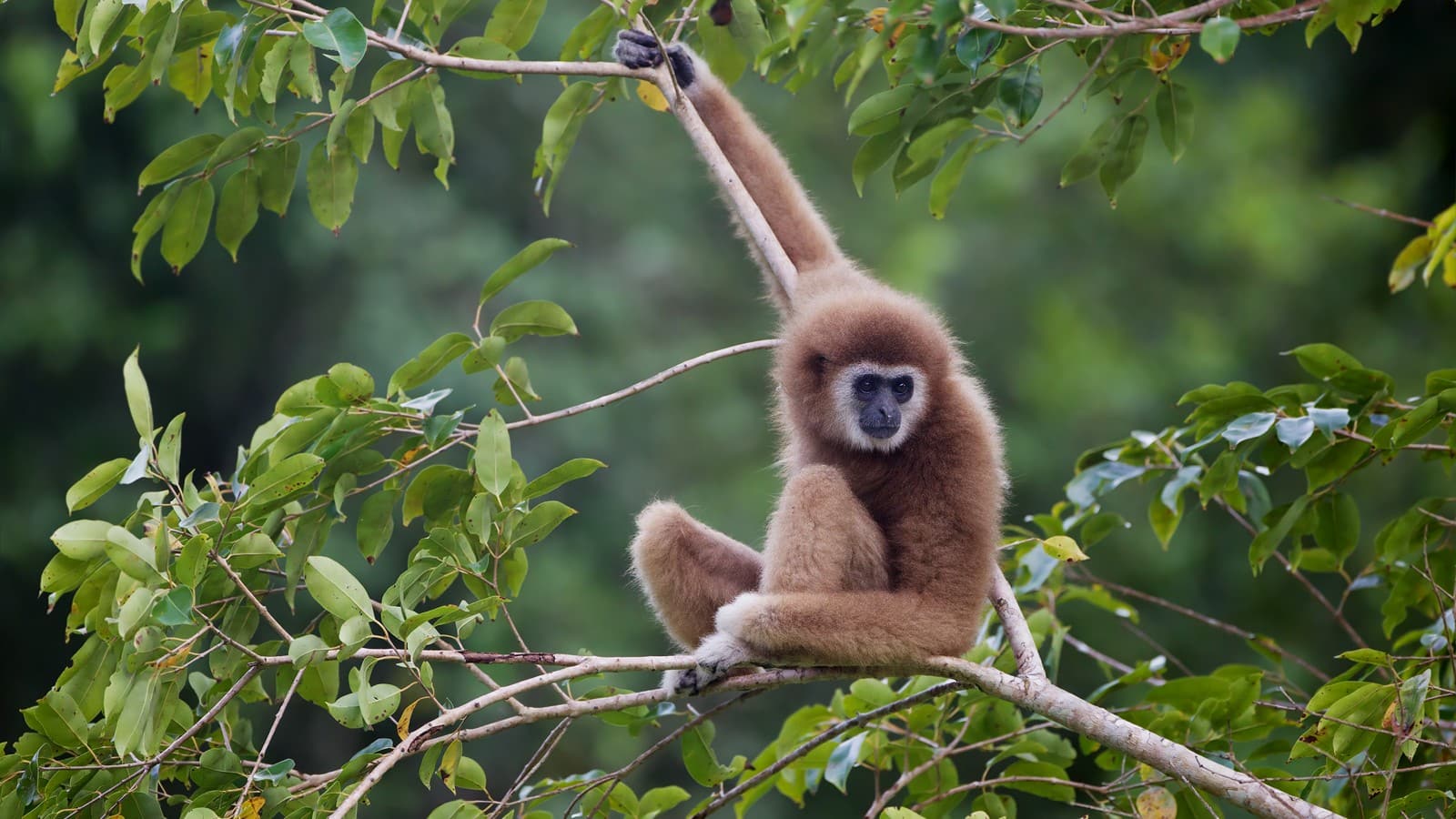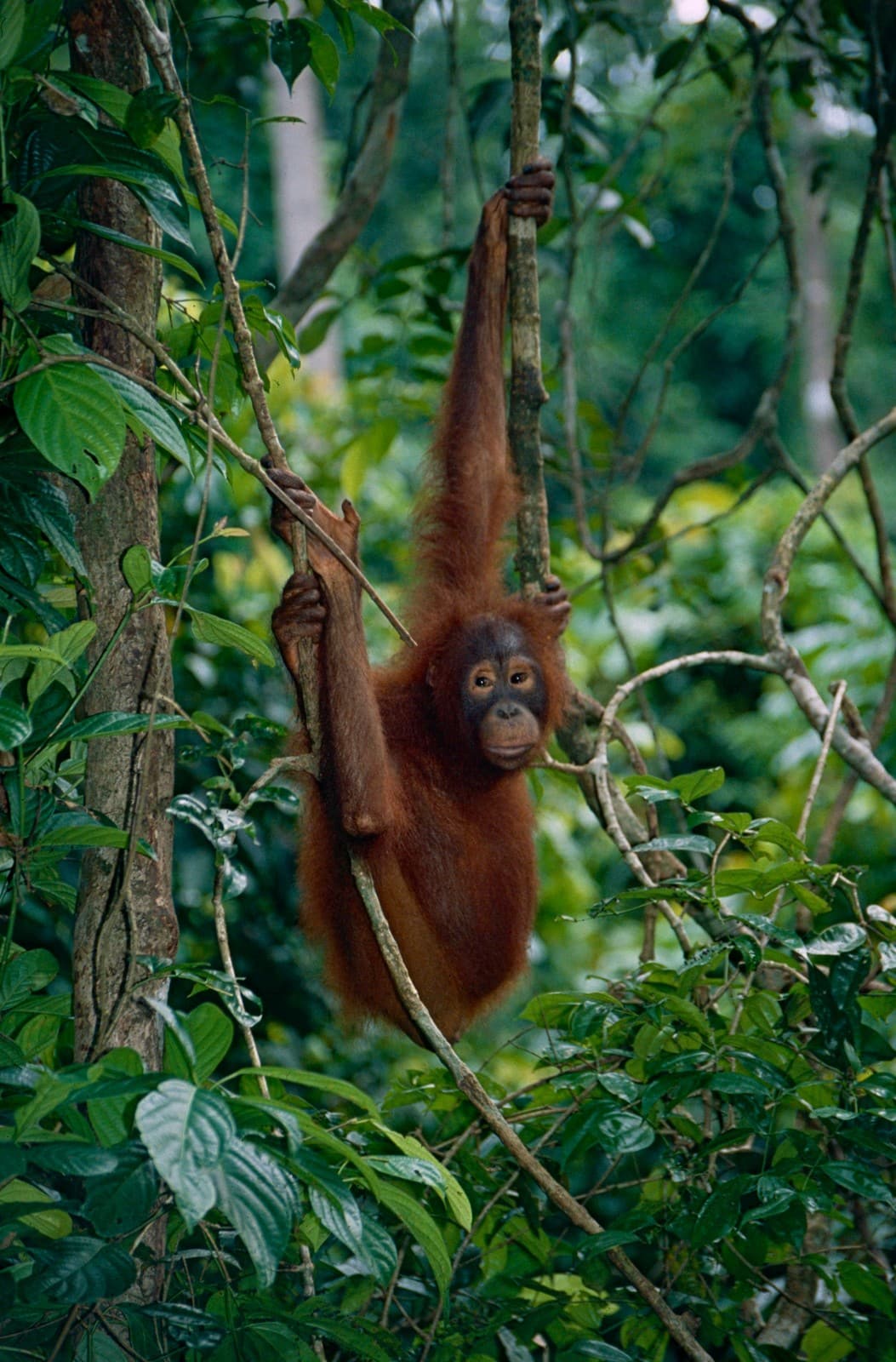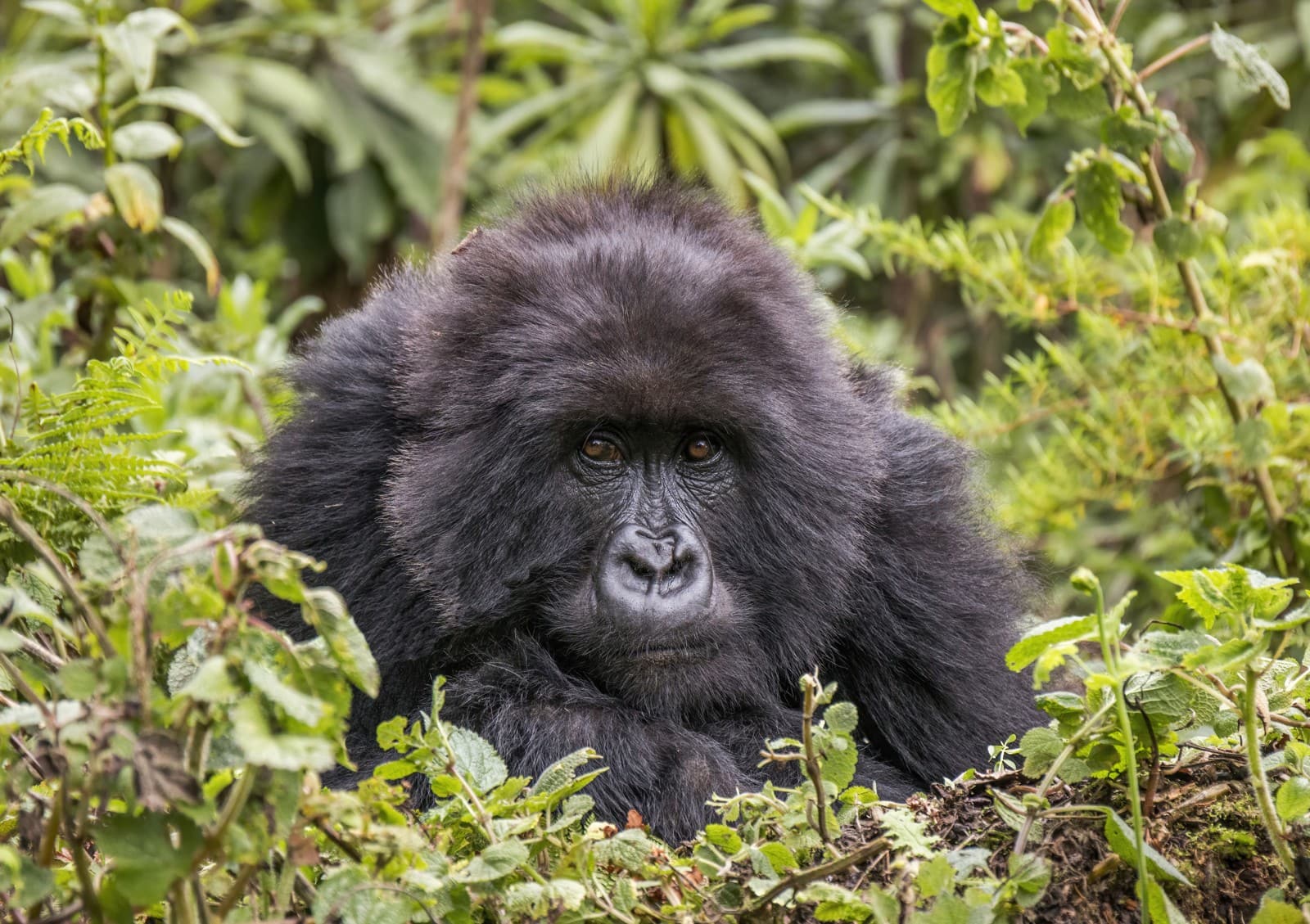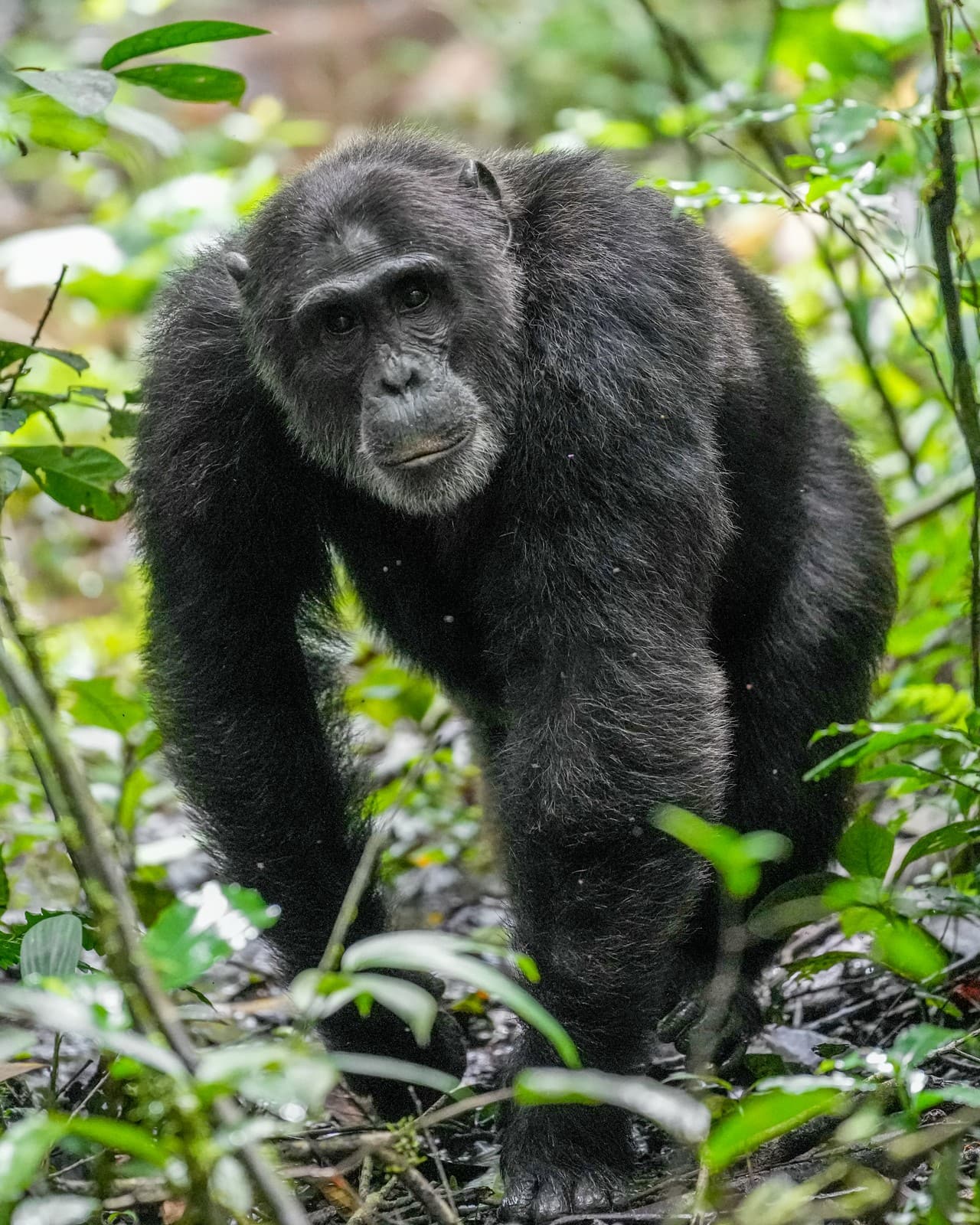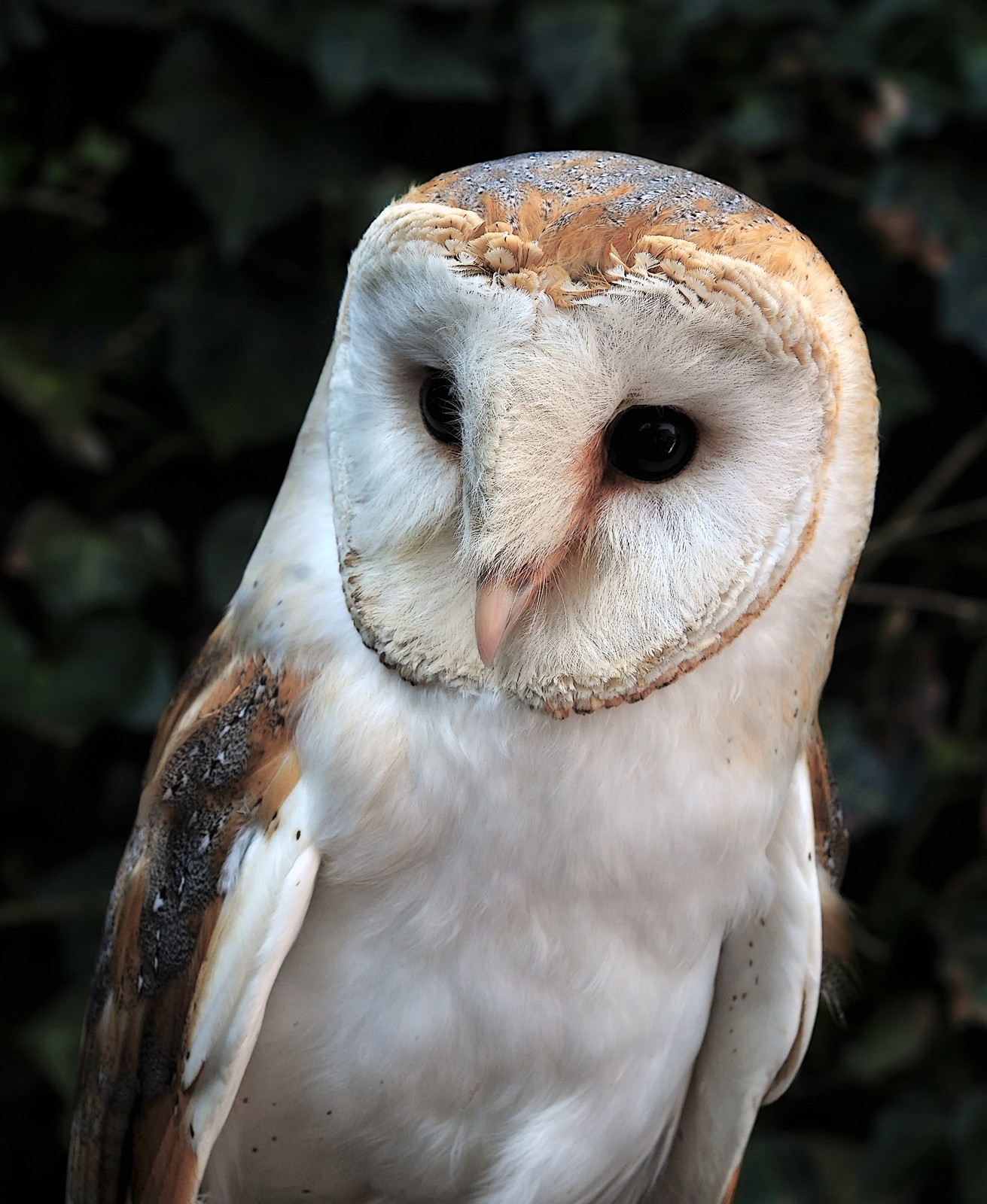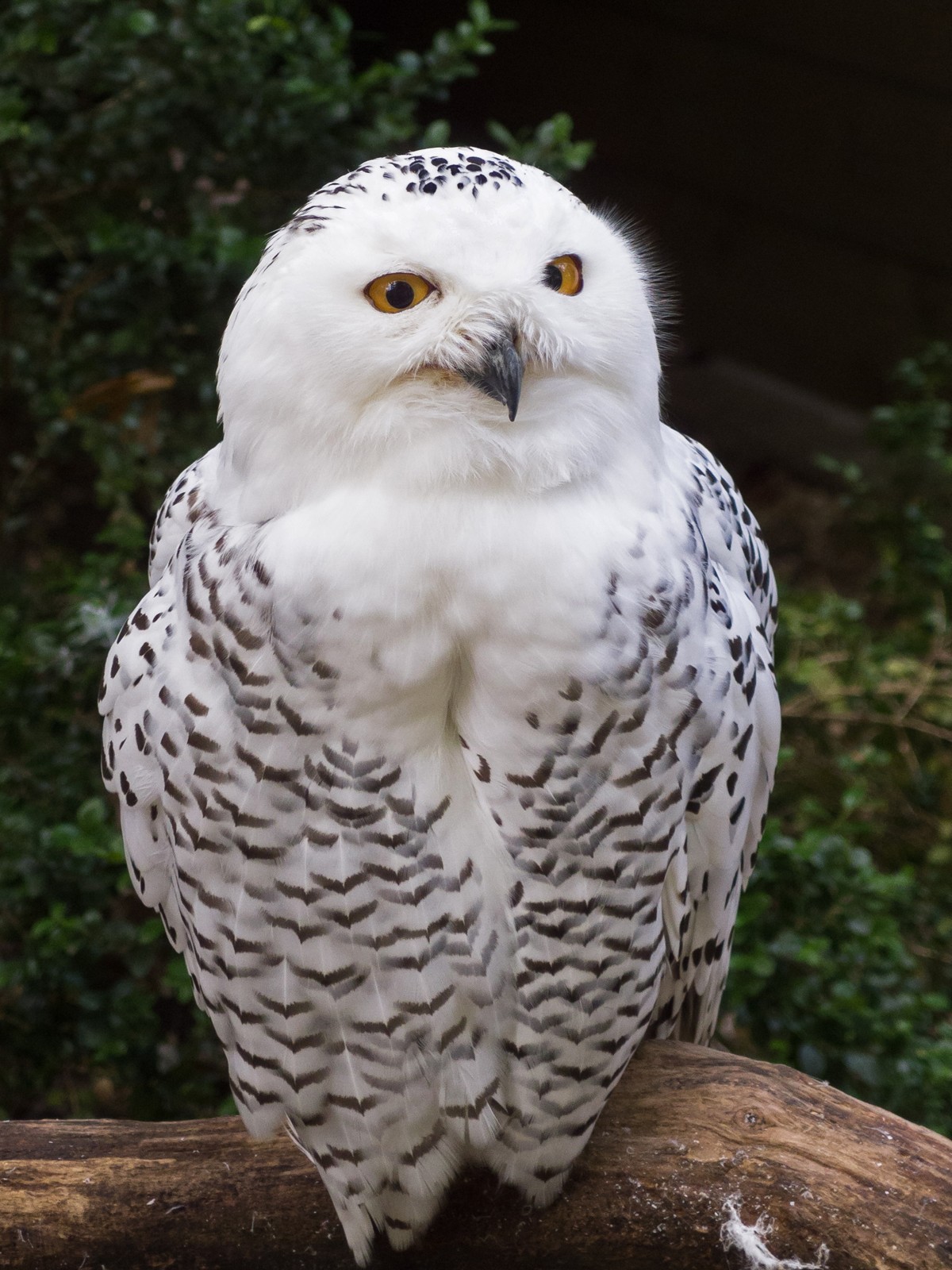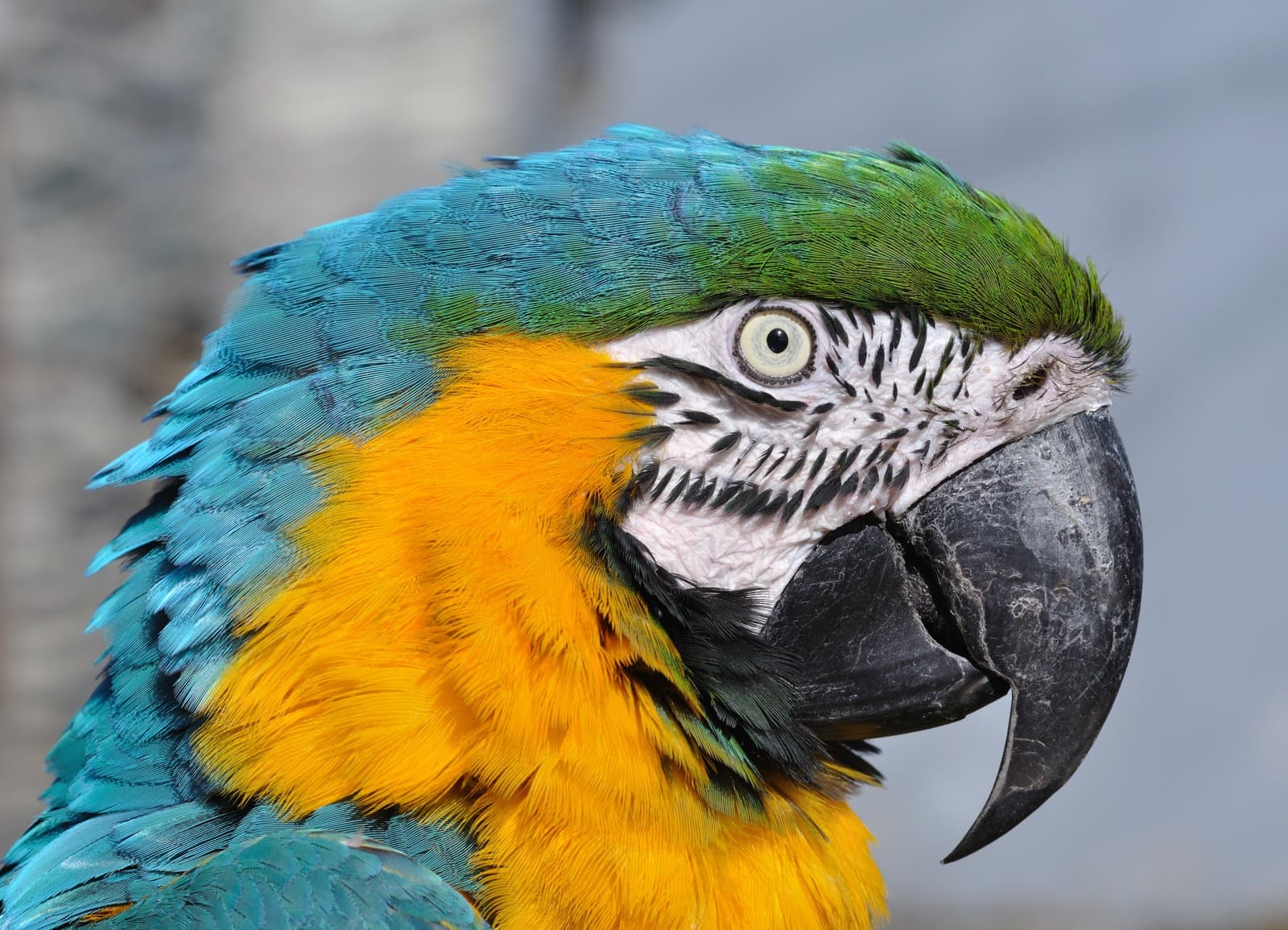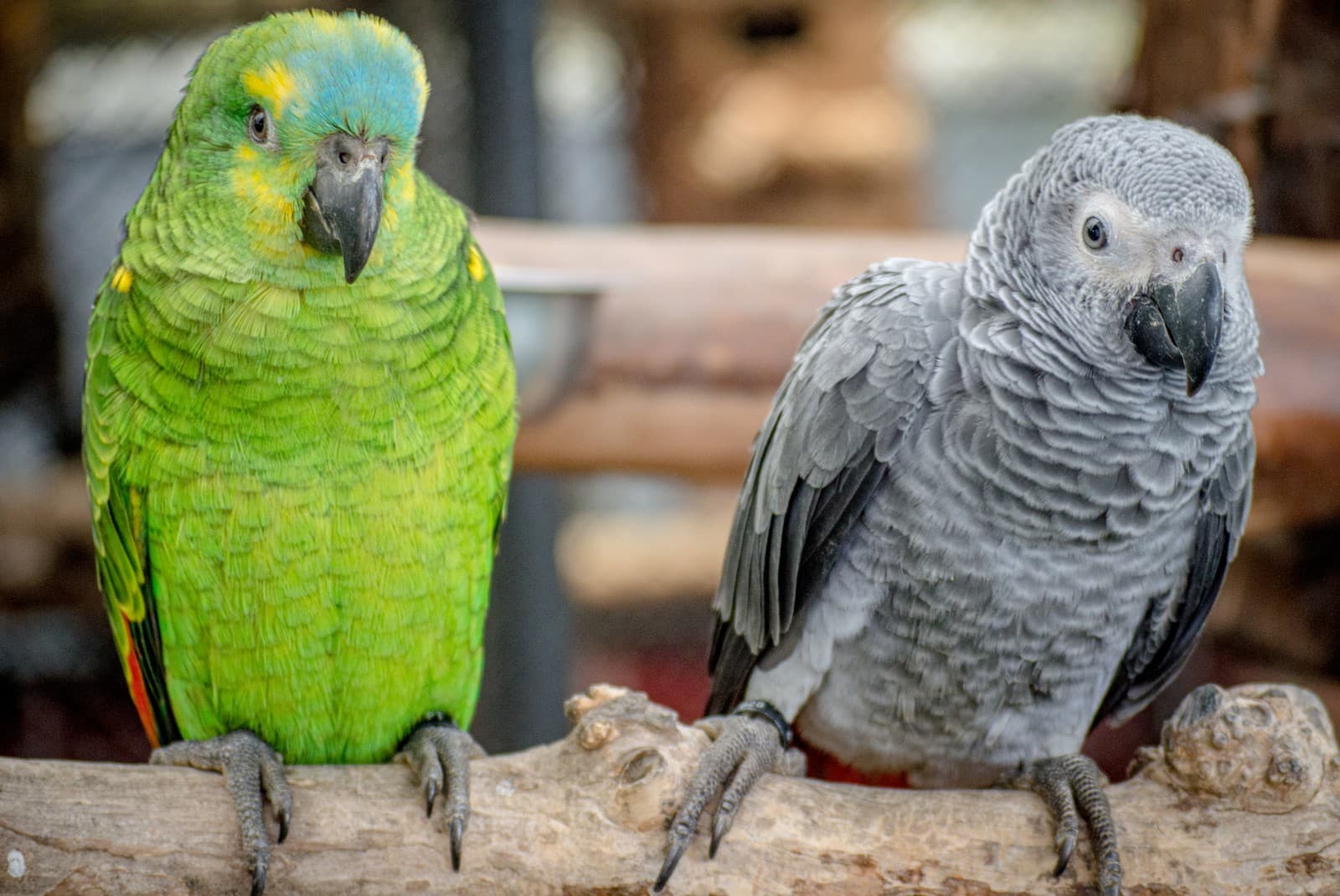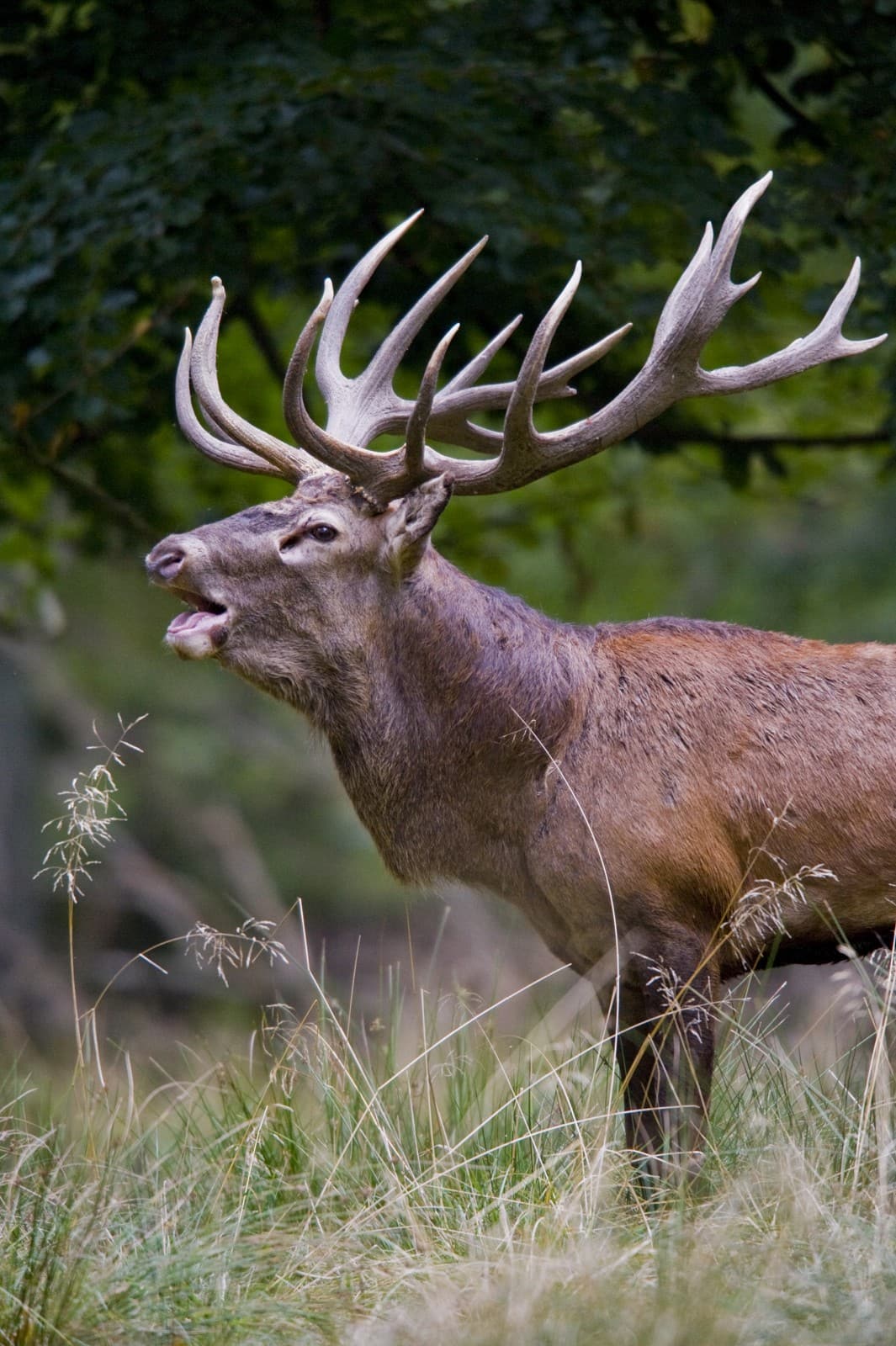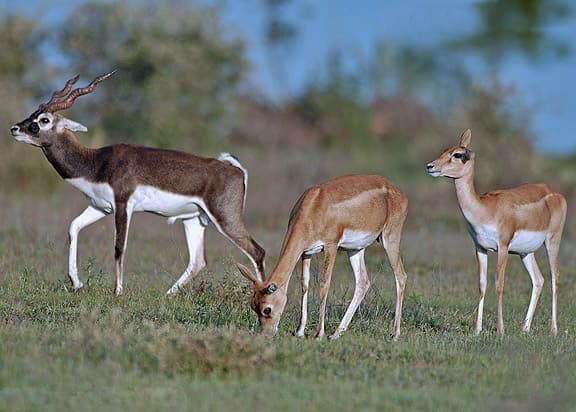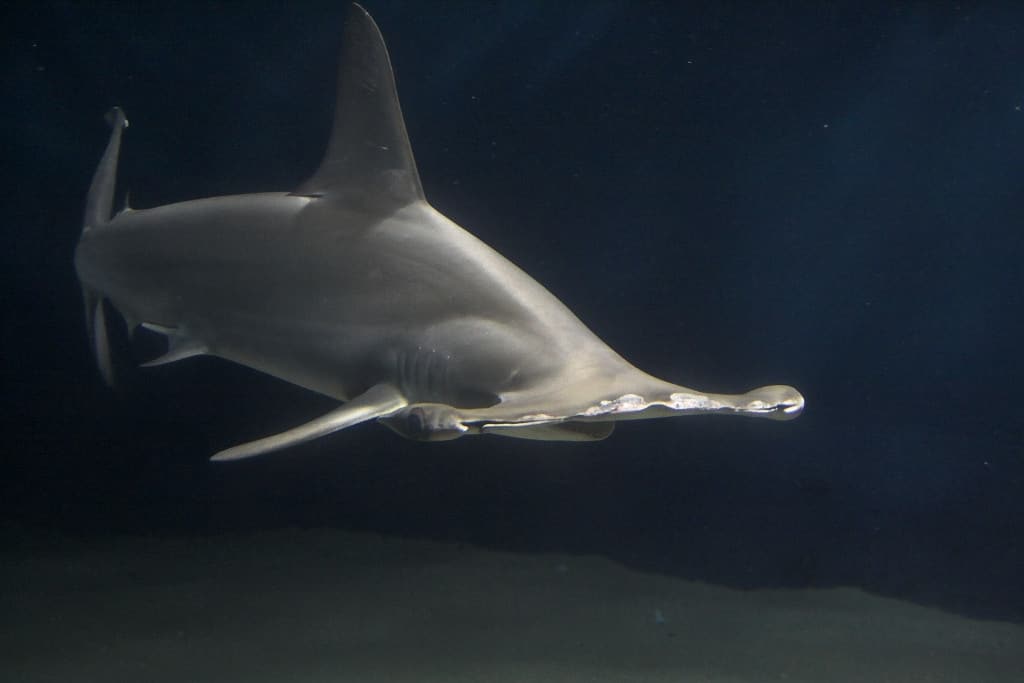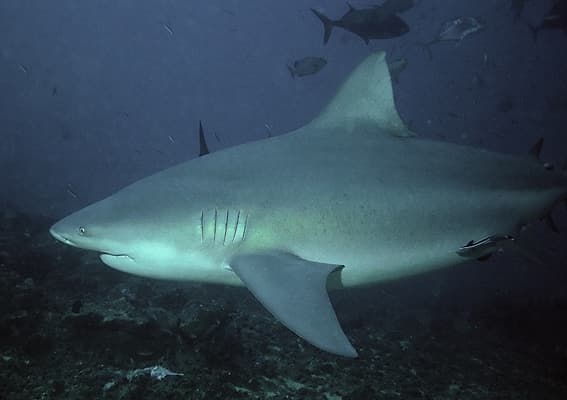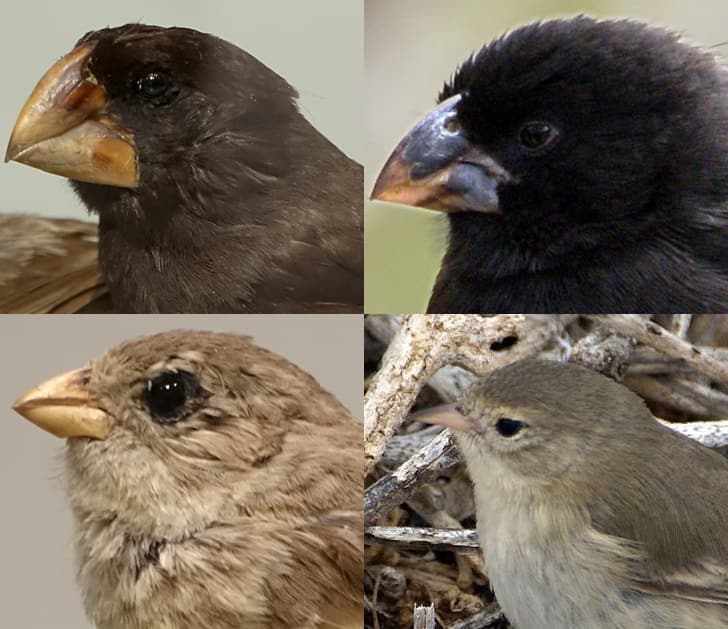Orangutan vs Gorilla: A Complete Comparison
In the realm of great apes, orangutans and gorillas stand out as remarkable species with distinct characteristics that set them apart. While gorillas are the largest primates, weighing up to 440 pounds (200 kg), orangutans are recognized as the largest tree-dwelling mammals, with males reaching weights of 200 pounds (90 kg). These fascinating creatures showcase different adaptations shaped by their unique evolutionary paths and habitats.
The contrast between orangutans and gorillas extends far beyond their size. Orangutans are master arboreal acrobats with incredibly long arms spanning up to 8 feet (2.4 m), while gorillas are ground-dwelling giants with impressive muscular builds adapted for their terrestrial lifestyle. Let’s explore these remarkable differences in detail.
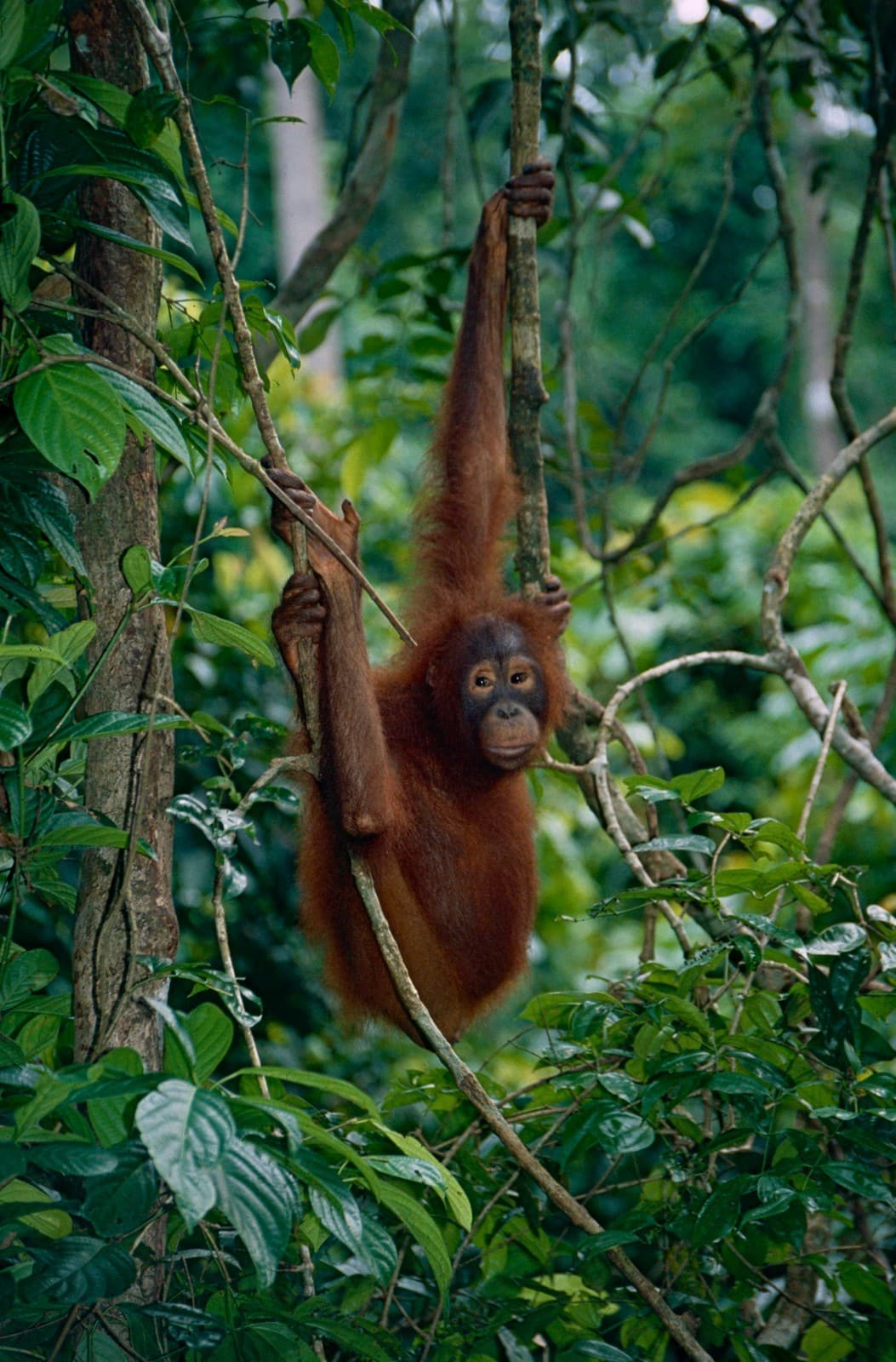
© Bernard DUPONT from FRANCE / CC BY-SA 2.0
The orangutan’s remarkable climbing abilities and distinctive reddish-brown fur make it instantly recognizable among great apes. Their incredibly long arms and hook-like hands are perfectly adapted for life in the rainforest canopy.
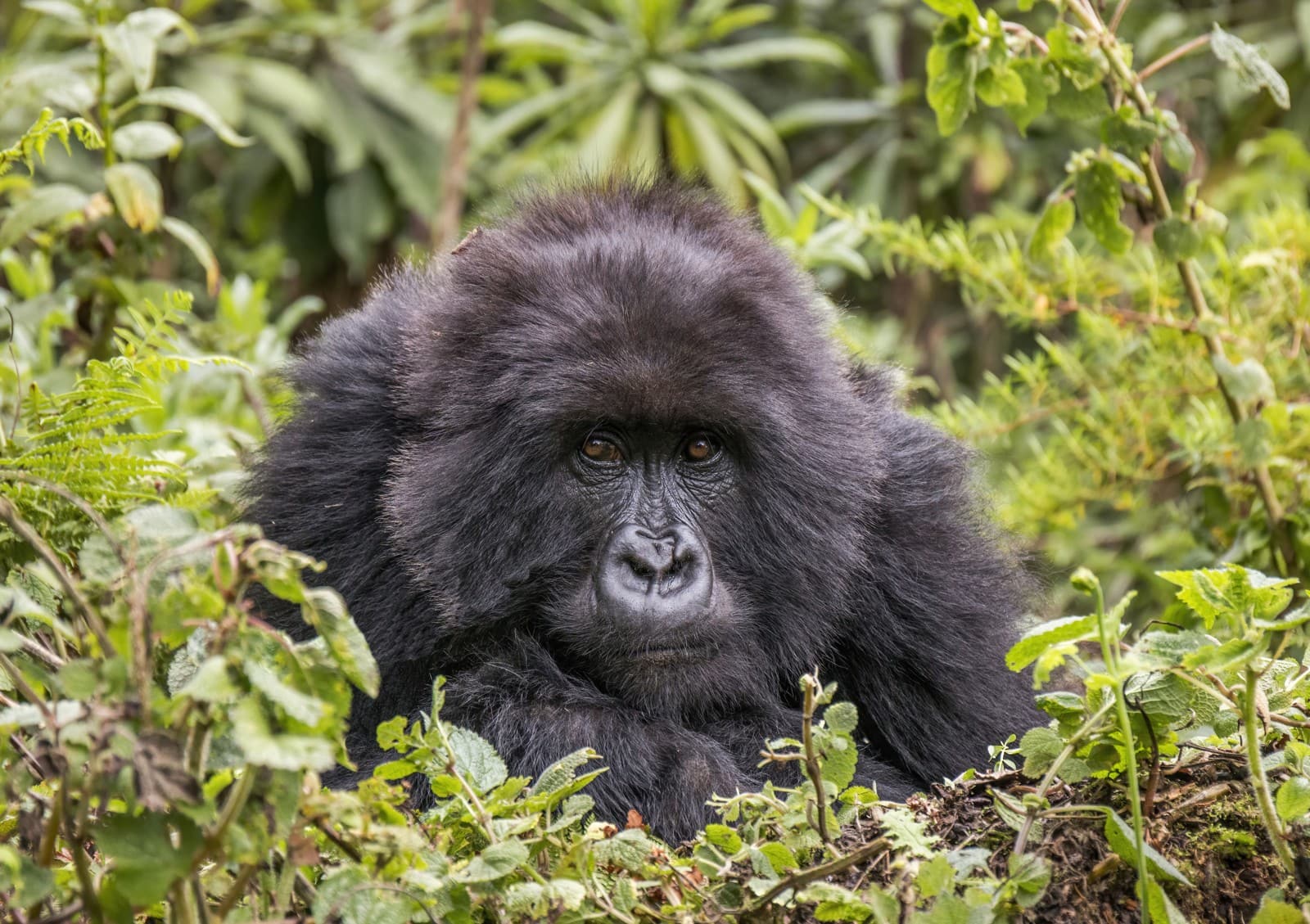
© Charles J. Sharp / CC BY-SA 4.0
Mountain gorillas showcase the impressive physical presence characteristic of their species. Their muscular build and distinctive facial features reflect their ground-dwelling lifestyle in the African forests.
Key Differences: Orangutan vs Gorilla
| Feature | Orangutan | Gorilla |
|---|---|---|
| Size | Males: 4.5 ft (137 cm) tall | Males: 5.5-6 ft (168-183 cm) tall |
| Weight | Males: 120-200 lbs (54-90 kg) | Males: 300-440 lbs (136-200 kg) |
| Habitat | Southeast Asian rainforest canopy | African lowland and mountain forests |
| Social Structure | Semi-solitary | Live in troops (8-12 individuals) |
| Diet | 60% fruit, leaves, insects | 85% leaves, shoots, stems |
| Lifespan | 35-45 years (wild) | 35-40 years (wild) |
Habitat and Lifestyle Differences
Orangutans are primarily arboreal, spending about 90% of their time in the trees of Southeast Asian rainforests. Their long arms and flexible hip joints allow them to move efficiently through the canopy using a form of locomotion called quadrumanous climbing. In contrast, gorillas are predominantly terrestrial, though they can climb when necessary. They inhabit various African forest environments, from lowland tropical forests to mountain forests at elevations up to 14,000 feet (4,267 m).
Intelligence and Behavior
Both species demonstrate remarkable intelligence but express it differently. Orangutans excel at tool use and problem-solving, regularly crafting tools for foraging and shelter building. They’re known for their ability to learn sign language and use tablets in captivity. Gorillas display their intelligence through complex social interactions and emotional awareness, with troops exhibiting sophisticated social hierarchies and communication methods.
Physical Capabilities
When comparing physical abilities, each species has its specialties:
-
Orangutans
- Strongest arm-to-body ratio of all primates
- Can brachiate effortlessly through trees
- Capable of lifting 500 lbs (227 kg)
- Superior grip strength and flexibility
-
Gorillas
- Greatest overall strength of any primate
- Can lift up to 1,800 lbs (816 kg)
- Tremendous upper body strength
- Powerful bite force of 1,300 PSI
Conservation Status
Both species face significant challenges in the wild. Orangutans are critically endangered, with only about 104,700 Bornean and 14,000 Sumatran orangutans remaining. Mountain gorillas number approximately 1,063 individuals, while lowland gorillas maintain larger but declining populations. Habitat loss and poaching continue to threaten both species, making conservation efforts crucial for their survival.
Who Would Win in a Physical Encounter?
While such encounters would never occur naturally due to their separate habitats, from a purely physical standpoint, a gorilla’s superior strength, size, and ground combat advantages would give it a significant edge in any theoretical confrontation. However, it’s important to note that both species are generally peaceful and avoid confrontation in their natural habitats.
Diet and Feeding Habits
Orangutans and gorillas have evolved different dietary strategies:
-
Orangutans are opportunistic omnivores:
- Primarily fruit-based diet (60%)
- Consume over 400 food species
- Excellent memory for fruiting seasons
- Occasional insects and small vertebrates
-
Gorillas are primarily folivorous:
- Mainly vegetation (85%)
- Consume large quantities daily
- Prefer young, tender leaves
- Occasional fruit and insects
These dietary differences reflect their distinct evolutionary adaptations and the resources available in their respective habitats, showcasing how each species has perfectly adapted to its environmental niche.
